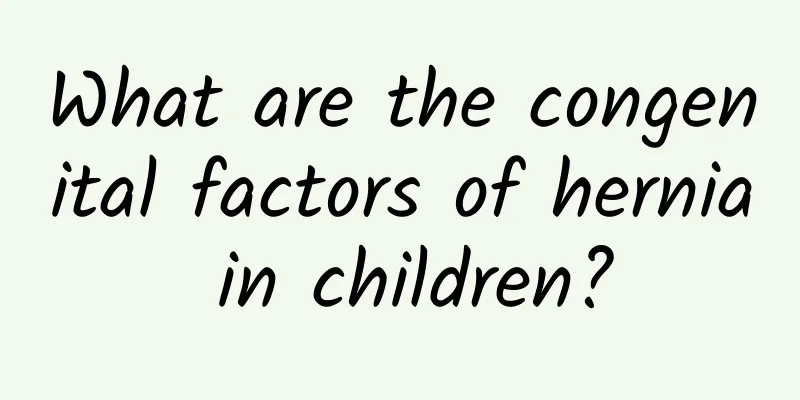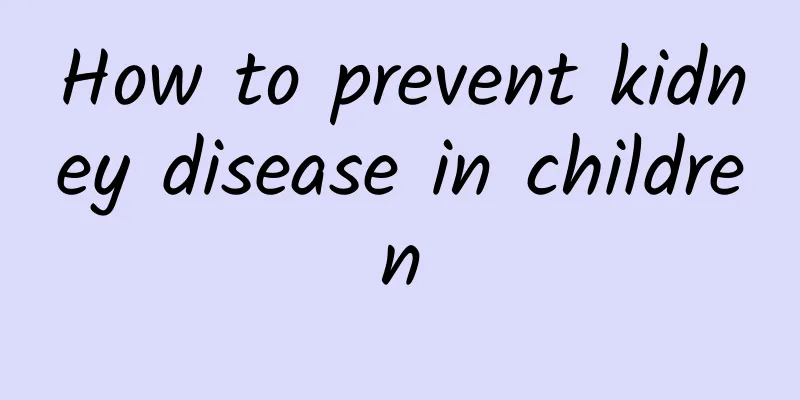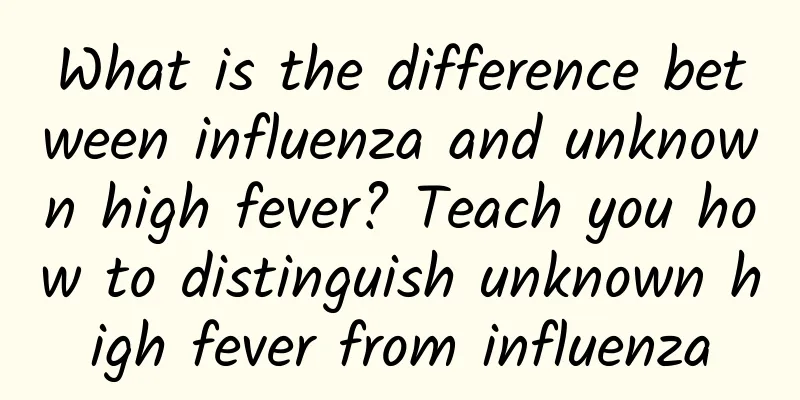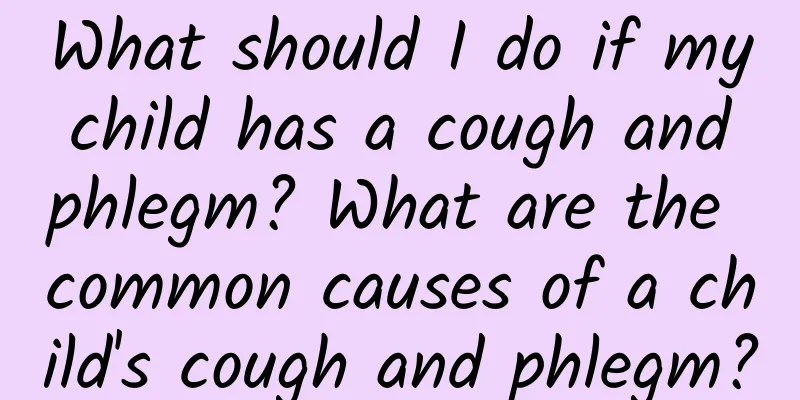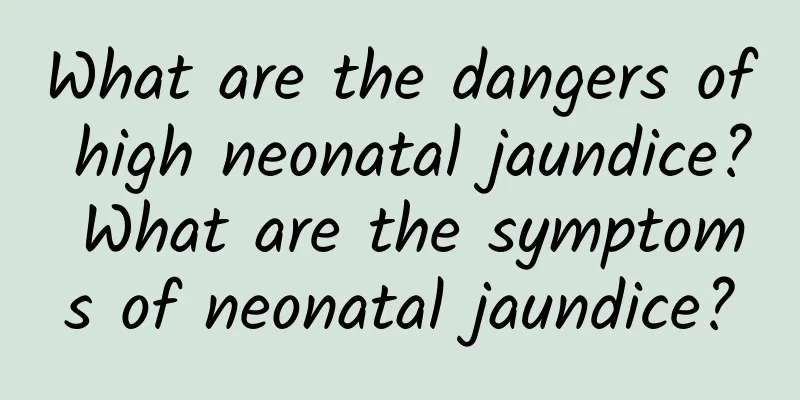How to detect pneumonia in children early? What are the nursing measures for pediatric pneumonia?
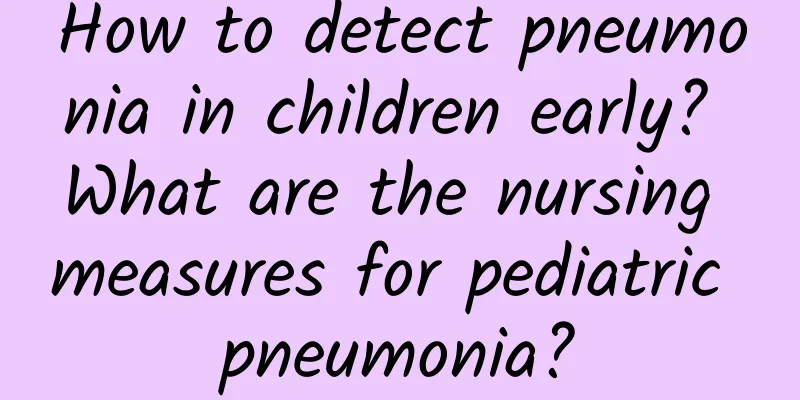
|
Pediatric pneumonia has an acute onset, severe condition, and rapid progression. It is a major disease that threatens children's health and even life, and should be taken seriously by parents. In order to achieve early detection and early treatment, parents can start with the following "four observations and one listening". Fever Most cases of pneumonia in children are accompanied by a fever, which is usually above 38°C and lasts for more than 2 to 3 days. Second, check whether the cough and wheezing are causing difficulty in breathing Coughs and wheezes caused by colds and bronchitis are usually paroxysmal and usually do not cause breathing difficulties. If the cough and wheezing are severe, the nostrils are flaring, and the lips are blue or purple, then you should consider that the child has pneumonia and the condition is serious. Three Looks at the Spirit If the child is in good spirits, can play and laugh while having a fever, coughing and wheezing, it indicates that the child does not have pneumonia. On the contrary, if the child is in a bad spirit, has blue lips and mouth, is irritable, cries or is drowsy or has convulsions, it means that the child is more seriously ill and is more likely to have pneumonia. 4. Diet When children have pneumonia, their appetite will decrease significantly, they will not eat, or they will cry and become restless when they are fed. Five nursing measures for children with pneumonia Nursing measures for pediatric pneumonia 1. Maintain a quiet and clean environment to ensure the sick child has enough rest. There should not be too many people in the room, and visitors should not stay too long. Dirty air is not conducive to the recovery of pneumonia. It is recommended to ventilate the room regularly to allow air circulation, but drafts should be avoided, which is conducive to the recovery of pneumonia. Nursing measures for pediatric pneumonia 2. Pay attention to proper nutrition and adequate water intake. Children with pneumonia often have high fever, poor appetite, and are unwilling to eat, so the diet should be light and easy to digest, and at the same time ensure a certain amount of high-quality protein. For those with fever, give them a liquid diet (such as human milk, cow's milk, rice soup, egg drop soup, beef soup, vegetable soup, fruit juice, etc.), and add semi-liquid food (such as porridge, noodles, cakes, etc.) after the fever subsides. Because children with pneumonia have a faster breathing rate and fever, the water evaporates more than usual, so it is necessary to add an appropriate amount of sugar and salt water. Nursing measures for pediatric pneumonia 3. Strengthen skin and oral care. Especially for patients who sweat a lot, they should change wet clothes in time and wipe the sweat with a hot towel, which is good for skin heat dissipation and resistance to germs. Children with a lot of sputum should try to cough up the sputum to prevent the poor discharge of sputum and affect the recovery of pneumonia. If the condition allows, parents should often pick up the child and pat the back gently. Children who are bedridden should turn over frequently, which can prevent lung congestion and make it easier to cough up sputum, which is helpful for recovery. Nursing measures for pediatric pneumonia 4. Keep the airway open. When children have pneumonia, the gas exchange in the alveoli is restricted, and there is varying degrees of hypoxia in the body. If the nasal cavity is blocked or there is a lot of sputum in the trachea and bronchi, it will affect the inhalation of air and aggravate hypoxia. Therefore, parents should promptly clear the nasal secretions and suction the sputum for the children to keep the airway open, and prevent sticky sputum from blocking and choking on milk or medicines to cause suffocation. The room should maintain a certain humidity to avoid dry air, which is conducive to coughing up sputum. Nursing measures for pediatric pneumonia 5. Take medicine and injections on time to avoid affecting the efficacy. Because children have poor disease resistance, especially infants, their illness is prone to recurrence. When parents find that their children are breathing rapidly, having difficulty breathing, blue areas around their lips, pale or cyanotic faces, it means that the children are suffering from hypoxia and their illness is getting worse, and they must be rescued as soon as possible. |
<<: What are the treatments for high jaundice? Four methods to deal with high jaundice
Recommend
What are the early symptoms of neonatal jaundice and cerebral palsy
Neonatal cerebral palsy due to jaundice refers to...
How to take care of children with tics? What are the symptoms and manifestations of tics?
In most cases of tics, the physical condition of ...
Allergic rhinitis caused by baby's cough
Allergic rhinitis caused by baby's cough is a...
Effect of acupuncture and moxibustion on children's pneumonia
Neonatal pneumonia has become more common in life...
Why do children cough at night? How to treat children cough at night
Children's coughs often get worse at night an...
How to cure diarrhea in children
Newborns are just born, their body functions are ...
What should babies eat when they have a cough and phlegm? How should babies use medicine when they have a cough and phlegm?
When a baby has a cough and phlegm, not only will...
What medicine is good for children with viral upper respiratory tract infection and cough
Viral upper respiratory tract infections are main...
A simple method for diagnosing pneumonia in children
Pediatric pneumonia is a relatively common diseas...
Why do newborns have jaundice and how to treat it
Jaundice in newborns is mainly due to high biliru...
How long does it usually take for a child's cough to heal?
How long does it usually take for a child's c...
How much does it cost to cure diarrhea in children?
How much does it cost to cure diarrhea in childre...
What medicine is good for children's cough
Children have poor immunity, so they are prone to...
Causes of pneumonia in children
Many children suffer from pneumonia because their...
Can ADHD be cured without medication?
Whether tics can be cured without medication depe...


